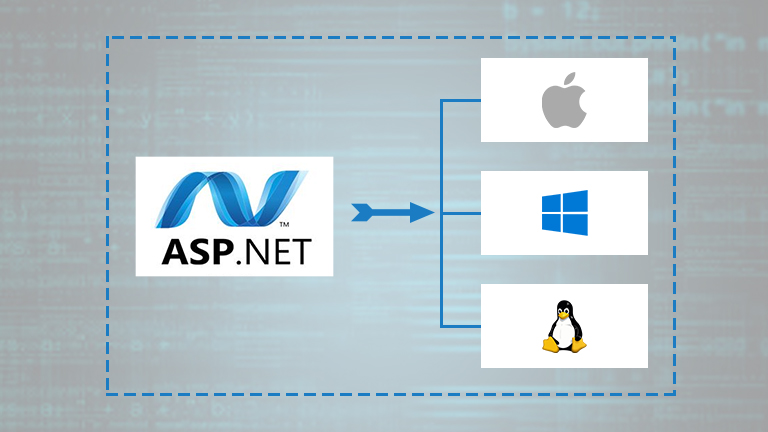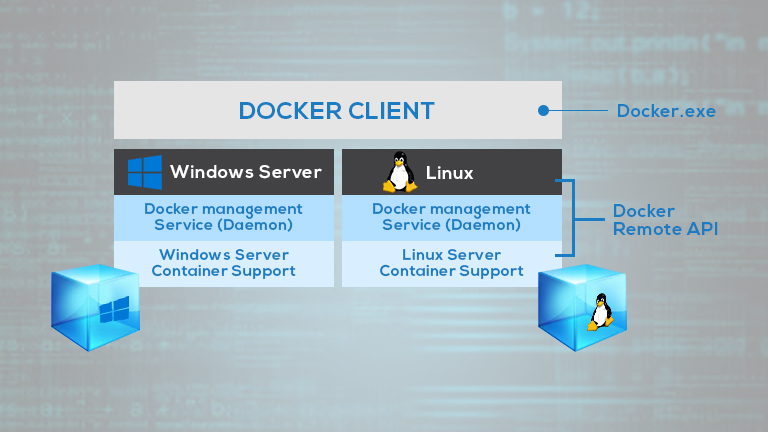Support for Users of Cross-platform & Container in Microsoft ASP.net

ASP.NET is a developer platform, created with tools, programming language, and libraries for assembling varied types of applications. It also works to extend its support to a .NET developer with the development of tools and libraries required for building web applications.
Being an independent source, it exhibits another key feature that goes by the name of container support and cross-platform. Therefore, it means that it can function at macOS, Windows, and Linux, making the platform robust and unique.
To understand cross-platform and container, let’s dig in a little deeper.
What is Cross-platform?
In 2016, APS.NET was released with one operating software only, named as Windows OS. Later, it got restructured, and support of cross-platform was included in it.
Here are the features of cross-platform support:
- The cross-platform support is able to to run on macOS, Windows, etc. It can also work efficiently on diverse and numerous divisions related to Linux.
- Another trait that makes it stand out is that it extends support to different types of CPU architecture.
- The cross-platform support also functions to improve and print asp.net applications on Linux, Windows, and macOS.
What is Container support?
The other characteristic of ASP.NET, which makes it one of its kinds, is called container support. The container support helps developers to place the distributed code diametrically in a cylinder. Many container supports are offered in the marketplace that includes LXC, Cloud Foundry, Docker, Kubernetes, and Vagrant.

In other words, container support is light weighted, standalone, and executed software package that is necessitated by the application to operate. The software includes all of its dependencies, which are:
- Runtime
- Codes
- System Library
- System Tools
- Other settings needed by the application
Simply put, container support helps to build an application once and run it anywhere. Moreover, the developer can isolate each application on a host operating system.
How does the container support work?
Before jumping on to the question of how it works, we suggest you download Docker first if you are operating on a Windows platform. Once you are sure that the application has been installed, follow these steps:
- The first step calls for you to build up and publish a required ASP.NET application.
- Once the ASP.NET is making know, create, and organize a Docker file, which is essential for ASP.NET core application, craft an image for Docker.
- As soon as the image building is finished, you can move to the next step. You can now create and run a Docker container, which appears at the end of the screen.

Once you have finished these steps, you can now see a Docker file is available on the same page where other projects completed by you are saved. As a result, the application you created can now can be operated by Docker file which is available inside the container support.
In a nutshell, the features ASP.NET has makes it extraordinary among others and thus it is effieciently used by web developers.
Latest posts by Moiz Khan (see all)
- How to Use AI to Enhance your SEO Strategies? - August 31, 2023
- What You Need to Know About Test Automation in DevOps - August 30, 2023
- 6 Cloud Computing Challenges That Businesses Need to Be Aware of - August 22, 2023

 Careers
Careers


